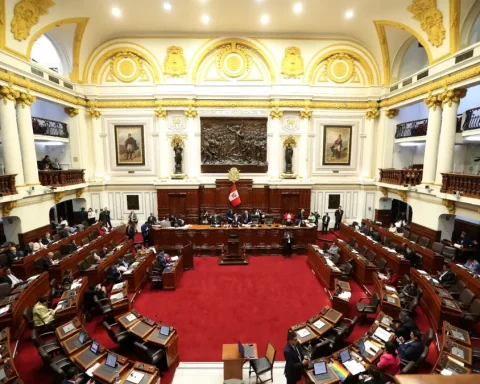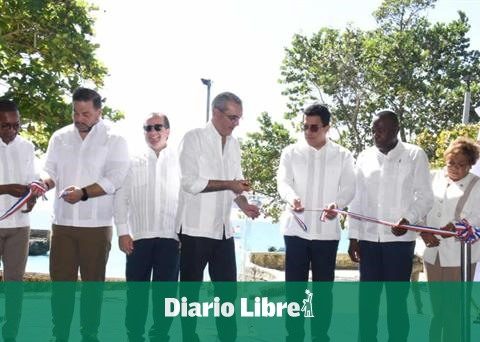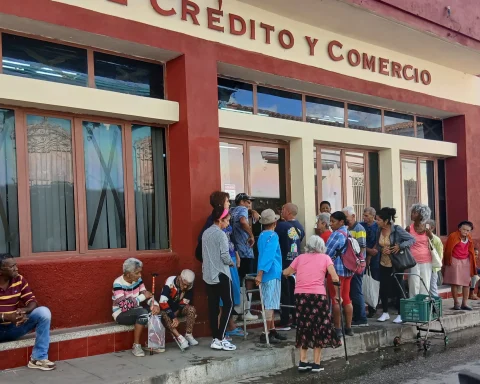April 13, 2023, 4:00 AM
April 13, 2023, 4:00 AM
Day by day, the machinery that works on the opening of the highway between Beni and Cochabamba open a gap in the Isiboro Sécure National Park Indigenous Territory (Tipnis). The highway advances without haste and without pause before the solitary claim of the indigenous communities that are seeing their habitat and their way of life affected.
According to reports from the corregidores, the governors of Cochabamba and Beni have become ambassadors of the proposal for an “ecological route” of section II that would have to unite the municipalities of Villa Tunari and San Ignacio de Moxos, and that must inevitably cross the Tipnis.
The famous section two of the highway project has been a reason for contention for a long time. In 2011, it provoked the development of the VIII Indigenous March in defense of the intangibility of the Tipnis and which had an episode of sad memory in the repression of Chaparina, which was ordered by the then Minister of Government Sacha Llorenti, although later, without success or embarrassment. , an attempt was made to impose the story of the rupture of the police chain of command
Despite the adversity, the Indigenous March arrived in La Paz and received the support of various political sectors and civil society as a whole. The Tipnis defense argument was clear and forceful: the indigenous peoples had and have the right to prior, free and informed consultation, established in ILO Convention 169 and recognized by the Bolivian State through the constitutional block, instituted in the art. 410 of the CPE.
The stretch of contention involved an economic relationship between the governments of Brazil and Bolivia, and the Brazilian construction company OAS, which, according to reports, was a financier of one of Lula Da Silva’s electoral campaigns.
When Evo Morales and Lula signed the agreement for the construction of the aforementioned highway, they completely forgot the national and international norms that protect the rights of indigenous peoples. Morales had to give in to pressure and suffered a resounding political defeat.
But the famous “MAS enveloping strategy” is already well known. A short time later, the masista majority put aside the intangibility of the Tipnis through Law 280 and approved a prior consultation among indigenous people co-opted by political power. All for a road that has currently been the subject of various designs, without environmental impact studies or analysis of the consequences that a road implies.
For thirteen years the government has done everything possible to overcome the resistance of the indigenous people it claims to protect. And apart from the non-existent prior consultation, there is opacity in the contracts, amounts, awards and purchases that this project has demanded to date.
It is worth remembering that the excesses of Morales and his followers have been denounced before the Inter-American Commission on Human Rights (IACHR), a body that has admitted the complaint of the indigenous peoples and, therefore, has found serious indications of violation of human rights.
The Bolivian State will be summoned by the IACHR to seek, in principle, a friendly solution to the dispute and establish the necessary reparations; but if there is no friendly solution or consensus, the case will be submitted to the contentious jurisdiction of the Inter-American Court of Human Rights.
In all this plot there are dark interests that range from the endowment of land to organizations related to the ruling party, to the illegal exploitation of wood or the penetration of drug trafficking, among other threats. The question that floats is: why is there so much effort in a project that, by all accounts, is a threat to the ancestral owners of the largest natural reserve in Bolivia?
















